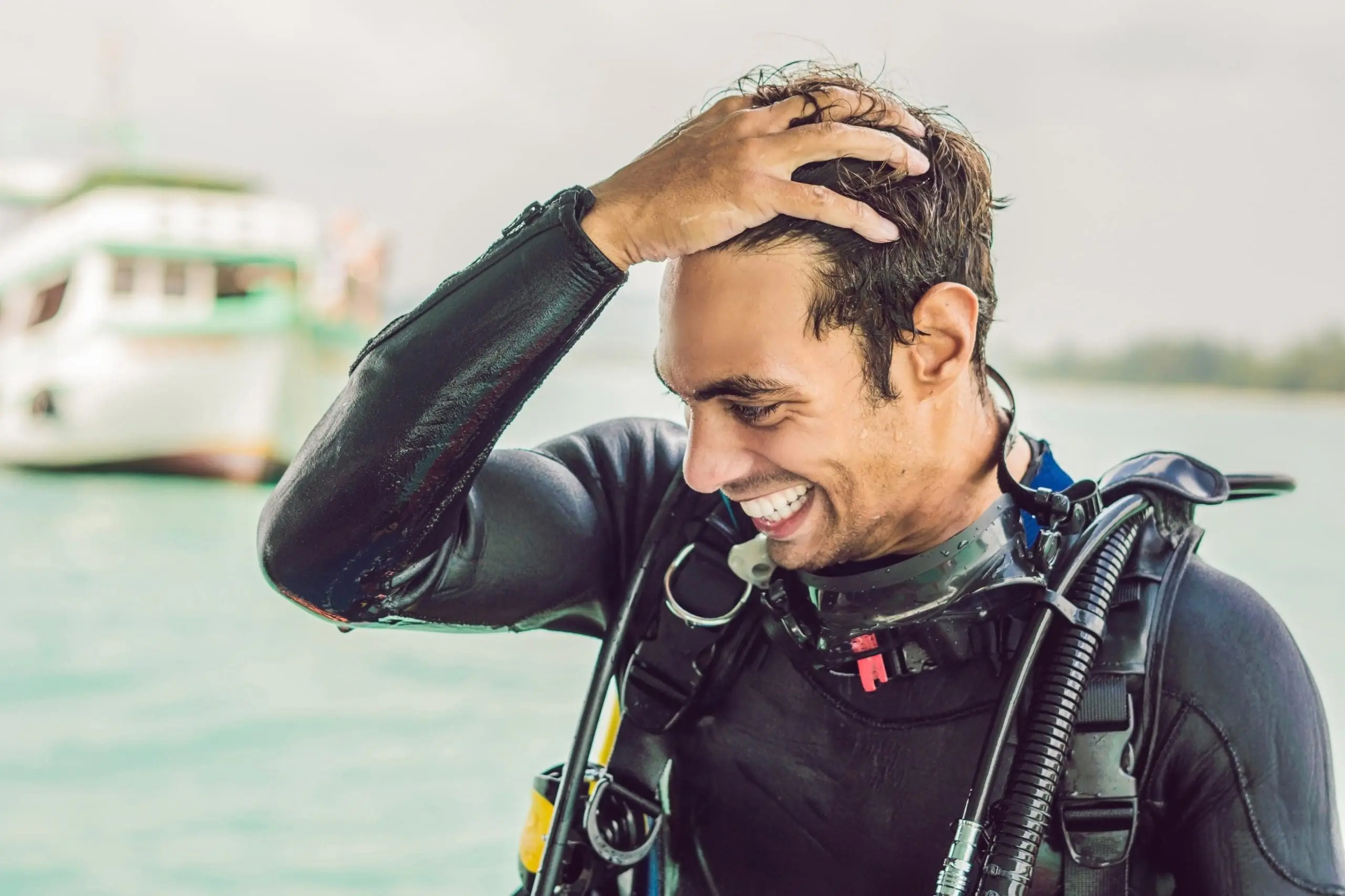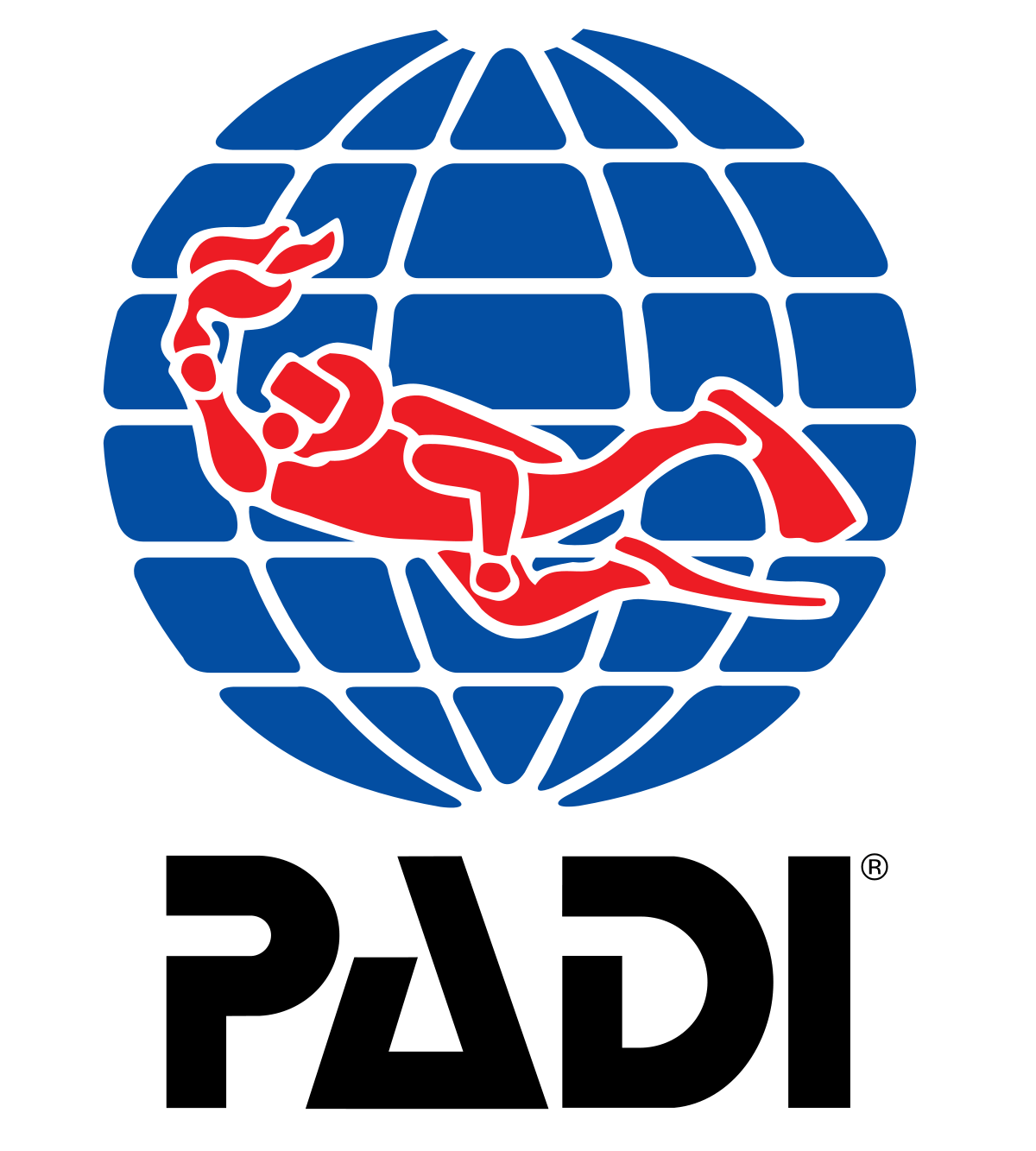Safety Check Before the Dive: What Is BWRAF in PADI?
BWRAF is one of PADI’s infamous 5 step acronyms. As you’ll delve deeper into PADI training, you will quickly understand that 5 really is the magic number. But BWRAF is one you learn right at the start of your diving career. It’s also known as a buddy check so it is always done with your buddy/buddies just before a dive either in open water or confined open water (pool). It is your first line safety procedure to ensure you are diving with all the equipment, that it is being used correctly and it is in working order. In this short article, we will look into BWRAF in more detail, what it stands for and why it is an acronym that you can’t forget, especially as a PADI Divemaster or Instructor.
BWRAF, doesn’t mean much with the letters themselves so let’s hear what each letter stands for. It is made up of:
B – BCD
W – Weights
R – Releases
A – Air
F – Final OK
But how can you remember all this? There’s so much to learn in scuba diving already. Well, as with all acronyms, it helps to put it into a catchy sentence. Let’s review some:
Of course there are much more you can find, including some less PC versions… At the end of the day, there is a wide selection to choose from and all you need is to pick the one you will remember most.
How to do a proper buddy check?
So now let’s break it all down, what do all the elements to this acronym tell us to do in a buddy check?
B = BCD
The BCD is important to help you to adjust buoyancy underwater and keep you afloat when inflated on the surface. There is a 2 step check that you’ll need to do with this. 1) Check that you can inflate and deflate your BCD fully using the inflate and deflate buttons on the inflator hose. 2) Check that you can manually inflate and deflate your BCD. Manually inflating requires you to blow into the mouthpiece of your inflator hose whilst pressing the deflate button. Do this a few times for the BCD to inflate enough before manually deflating it. Manual deflation requires you to pull the toggles that hang from vents on your BCD called dump valves. There are usually two of them, at the top and bottom of your BCD. Do this to ensure you can deflate this way.
W = Weights
Weights are important to counteract your positive buoyancy and enable you to descend at the beginning of the dive as well as maintain proper trim underwater. Check that you and your buddy have sufficient weights and show where they are located. If you are wearing a weight belt, ensure that it is a right hand release and if you have integrated weights, let your buddy know how to release them.
R = Releases
This can be known as ‘restraints’ and these are simply the clips/buckles on your BCD. You want to check that they are all secured and they are not causing the straps to be loose or twisted. Also, remember to check releases at the back and take a look at your buddy’s tank. See that it is at the right height in respect to their BCD and give it a shake to make sure that the tank holds.
A = Air
You’ll definitely want to be able to breathe when you are underwater, so this check ensures this. It starts with you looking at your SPG (submersible pressure gauge) to check that your tank is open and full. A full tank is around 180 to 220 bar (metric) or 2700 to 3200 psi (imperial). Now you want to make sure that your tank is fully open by breathing in and out of your primary regulator 3 times whilst looking at your SPG. You’ll want to make sure that the needle doesn’t move when doing this. If it does, your tank is not opened all the way or there is a problem with your regulator.
Also, remember to check the alternate air source. This check is simpler, all you’ll need to do is press the purge button for 2 to 3 seconds whilst looking at the needle on your SPG. Again you want to make sure this doesn’t move.
F = Final OK / Final Check
This is the last bit of the buddy check, but also equally important. First you want to check in with your buddy, to make sure they are feeling good to dive. Then you’ll want to check that you have all other pieces of equipment: fins, mask, snorkel, dive computer, compass, SMB ( signal marker buoy) etc. and that they are in working order.
And then you are eventually done and ready to get underwater.
How to become expert in safety check?
During your PADI Divemaster training, you’ll become an expert in BWRAF inside and out so you are at a level to teach and assist this important skill. It is one of the 24 skills to master in the all important Dive Skills Workshop.
For more information on how the PADI Divemaster course is structured or any other questions regarding safety in diving, give us a message and we’d be happy to help.





